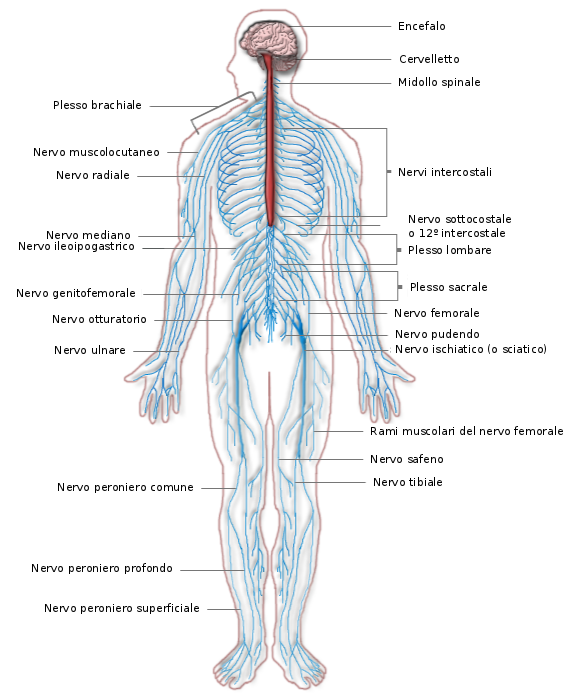The steps of science
Publish date 27-08-2022

The spinal cord is the main link for the passage of nerve information between the brain and the rest of the body. It is made up of nerve cells that send signals from the brain to the brain. Damage to this important and delicate tissue is often permanent and can lead to partial or complete paralysis of the nerve pathways, with consequent alteration of motor and sensory functions. Just considering our continent, there are over 300,000 people affected by spinal cord injuries.
At the moment there are no treatments that allow a restoration of the lost function, but the studies interested in finding solutions to spinal injuries are many, mostly based on the use of stem cells (cells capable of differentiating into specialized cells, in this case nerve cells).
A few weeks ago a research conducted by a Swiss group coordinated by the Lausanne Polytechnic was published in a prestigious international medical journal, which led to very encouraging results. This study is based on a different principle.
The research used the implantation of electrodes in the spinal cord which, through electrical stimulation, can govern the movements of the torso. The "brain" of the system is a tablet on which patients select the desired movement; this is wirelessly connected to a pacemaker inserted in the abdomen, which conveys the information to the electrodes surgically implanted inside the spine, at the level of the spinal cord. The results were very positive in various respects: the three treated patients got up and were able to walk and control the movements of the torso within a few hours of activating the system; in the following weeks the patients followed a specific training program that favored the recovery of muscle mass; the patients were able to move independently outside the so-called "experimental" environment.
The goal achieved is the result of many years of research and certainly the research will proceed to expand the number of patients involved and to improve some aspects of the intervention. The tenacity of the researchers who have invested their skills to achieve this result is accompanied by the tenacity of the patients and families involved. Research progresses with times that are not always predictable and sometimes not as fast as we would like.
But it is important that it proceeds and, at times, it does so by leaps and bounds. At the same time, those who are waiting for the decisive step in science often demonstrate the tenacity in "getting ready" for when science is ready. Like Davide, 19 years ago he had an accident that changed his life and that of the people he loves. But he hasn't resigned himself to the wheelchair yet and he hopes it won't be like that forever. To play the part of him, he keeps himself ready by dedicating at least 1 hour of his day to physical exercise, every day ... waiting for a call, which perhaps will upset his life again!
Valentina Turinetto
NP Aprile 2022







